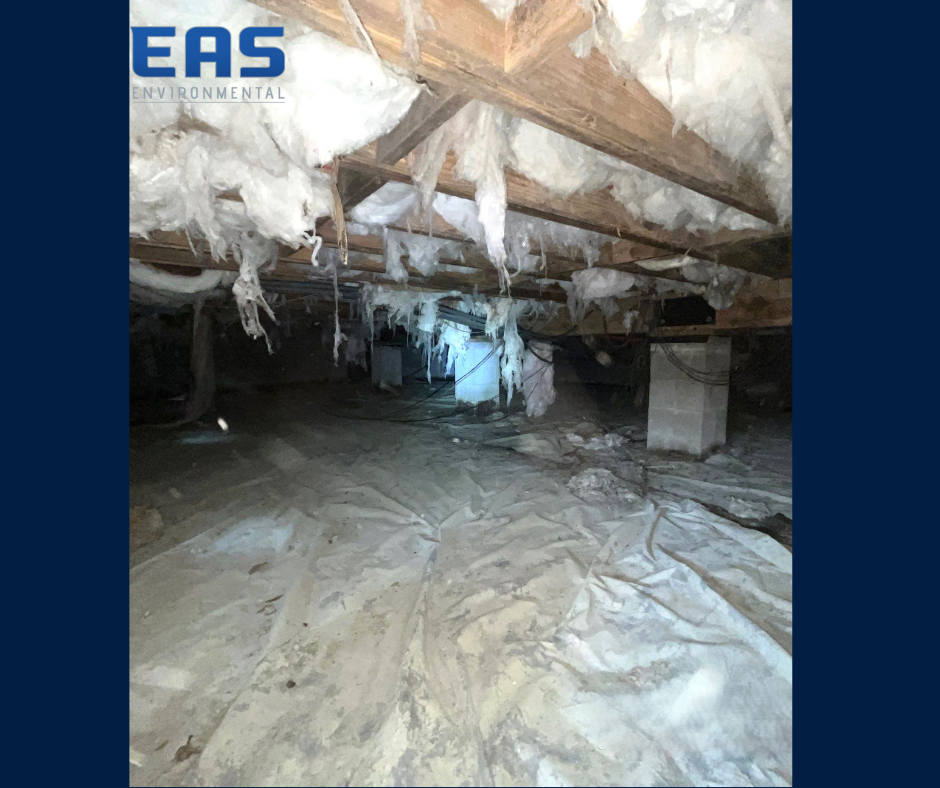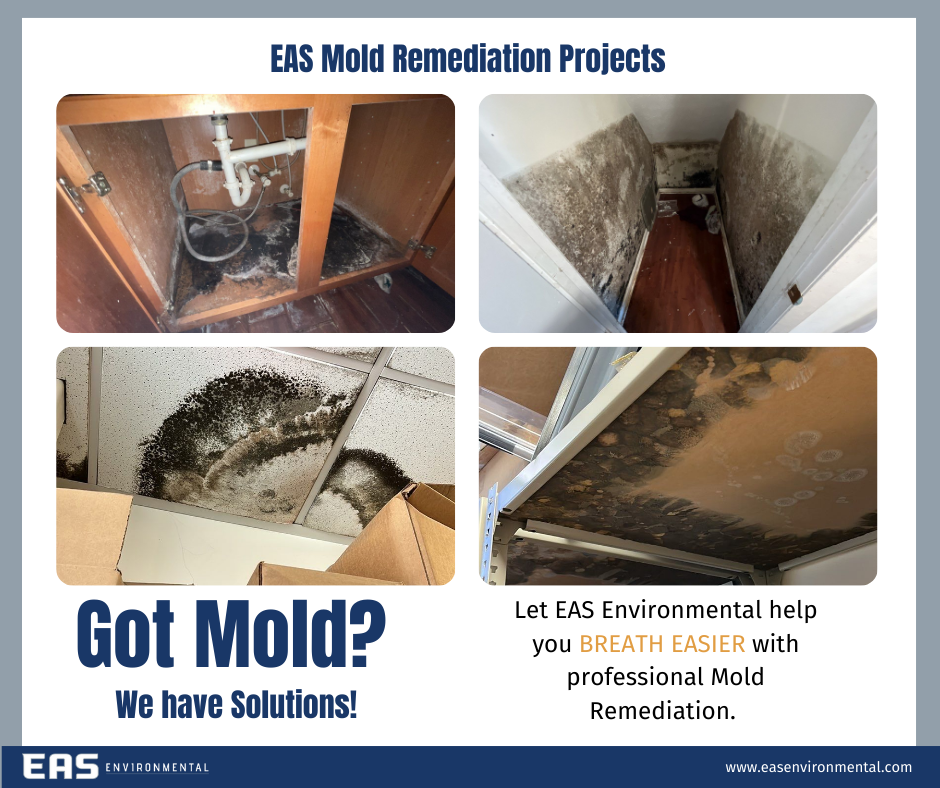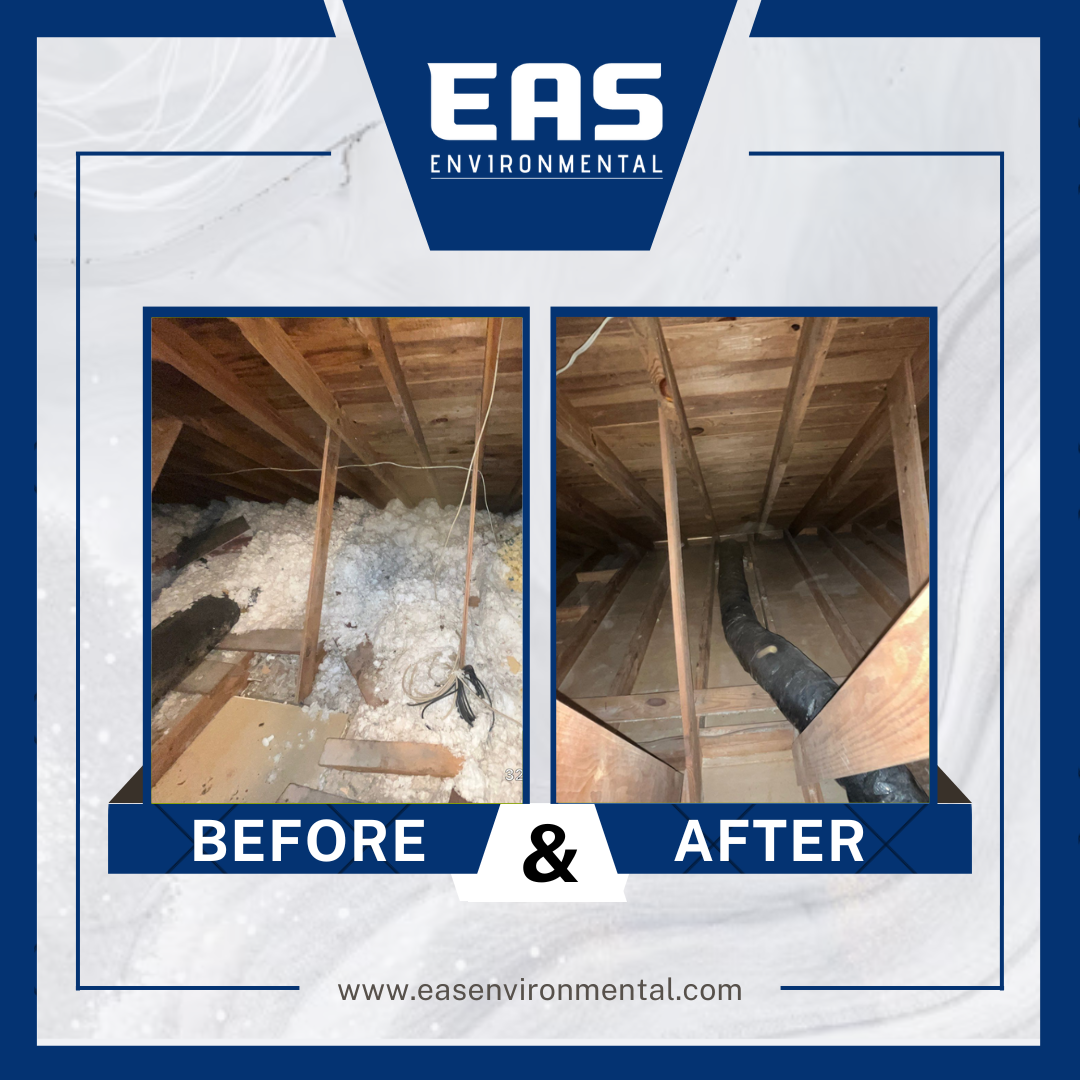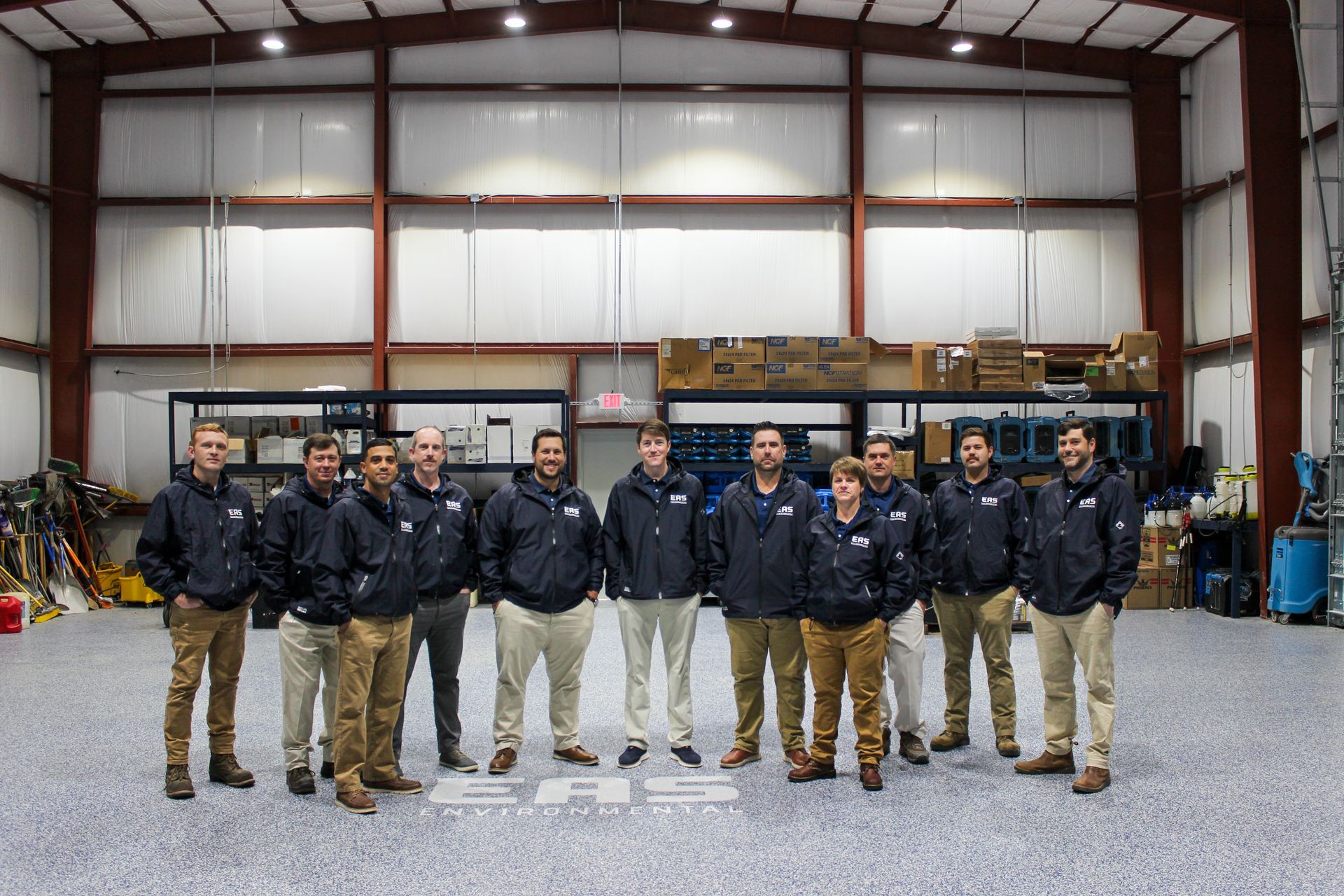
Installing a French drain in your crawl space is a proactive and effective way to manage excess moisture and safeguard your home from potential water-related issues. A French drain consists of a perforated pipe surrounded by gravel, designed to collect and redirect water away from the crawl space, preventing moisture buildup and reducing the risk of mold growth and structural damage. In this step-by-step guide, we will walk you through the process of installing a French drain in your crawl space, providing valuable insights and tips to create a dry and healthy living environment beneath your home.
Preparing for French Drain Installation: Crawl Space Assessment and Planning
Preparing for French drain installation in your crawl space is a crucial first step to ensure a successful and efficient drainage system. Before diving into the project, conduct a thorough crawl space assessment to evaluate the current moisture levels, potential water sources, and areas that require drainage improvements. Look for signs of water infiltration, such as dampness, standing water, or mold growth, as these indicate problem areas that need to be addressed.
Once you've assessed the crawl space, create a detailed plan for the French drain installation. Determine the best location and route for the drain, considering the slope and terrain of your crawl space. This planning phase helps you identify potential challenges and allows you to design a drainage system that suits your crawl space's specific needs.
Additionally, decide whether you want an interior or exterior French drain, as each option comes with its own set of advantages and considerations.
Proper preparation ensures that you have a well-thought-out strategy in place before commencing the installation, setting the stage for a successful project that effectively manages moisture and protects your crawl space from potential water-related issues.
Excavation and Trenching: Creating the Path for Your Crawl Space French Drain
Excavation and trenching are vital steps in the process of installing a French drain in your crawl space, creating the necessary path for the drainage system to effectively manage excess water. To begin, carefully mark the perimeter of your crawl space and use a shovel or excavation equipment to dig a trench along the designated route. The depth and width of the trench will depend on your crawl space's specific needs and the size of the French drain pipe.
As you excavate, ensure that the trench slopes away from the crawl space, allowing gravity to guide the water flow towards the designated drainage area. This slope is critical to ensure proper drainage and prevent water from pooling around the foundation. In addition to the primary trench along the perimeter, consider creating additional trenches to intercept water sources or address problem areas. Once the excavation is complete, you're ready to proceed with the installation of the French drain, positioning it in the trench to efficiently collect and redirect water away from your crawl space. By carefully conducting excavation and trenching, you create a clear and functional path for your French drain, enabling it to fulfill its purpose of effectively managing water and maintaining a dry and healthy crawl space environment.
Step-by-Step Installation Guide: Building Your French Drain in the Crawl Space
Building a French drain in your crawl space is a step-by-step process that can effectively manage excess moisture and protect your home from potential water-related issues. Following this installation guide will ensure a successful project and create a dry and healthy living environment beneath your home.
Step 1: Excavate the Trench
Start by carefully marking the perimeter of your crawl space and excavating a trench along the designated route. The depth and width of the trench will depend on your crawl space's specific needs and the size of the French drain pipe. Ensure that the trench slopes away from the crawl space to facilitate proper water flow.
Step 2: Install the French Drain Pipe
Place a perforated pipe in the trench, positioning it with the perforations facing downward to allow water to enter the pipe. The pipe should slope slightly to encourage water flow towards the designated drainage area. Fill the trench with gravel, surrounding the French drain pipe to create a channel for water to move freely.
Step 3: Cover with Landscape Fabric and Backfill
Cover the gravel and French drain pipe with landscape fabric to prevent soil from seeping into the pipe. Then, backfill the trench with soil, ensuring the pipe is adequately covered. Compact the soil gently to create a level surface.
Step 4: Monitor and Test
After completing the installation, test the French drain by pouring water into the trench and observing its functionality. Regularly monitor the drain to identify any issues and ensure that it effectively redirects water away from the crawl space.
By following this step-by-step installation guide, you can successfully build a French drain in your crawl space, providing an efficient and cost-effective solution for managing moisture and protecting your home from water-related concerns. Creating a dry and healthy crawl space environment helps safeguard your home's structural integrity and promotes a comfortable living environment for you and your family.
FAQs
Contact EAS Environmental Today!
EAS Environmental will do everything we can to ensure your experience with us is excellent.
Request A FREE Estimate
Request a Free Estimate Form
Checkout Recent Post



Got a Question? We’re Here to Help.
You can arrange an appointment or make an enquiry by phone or email, orget in touch to us via our contact form.


